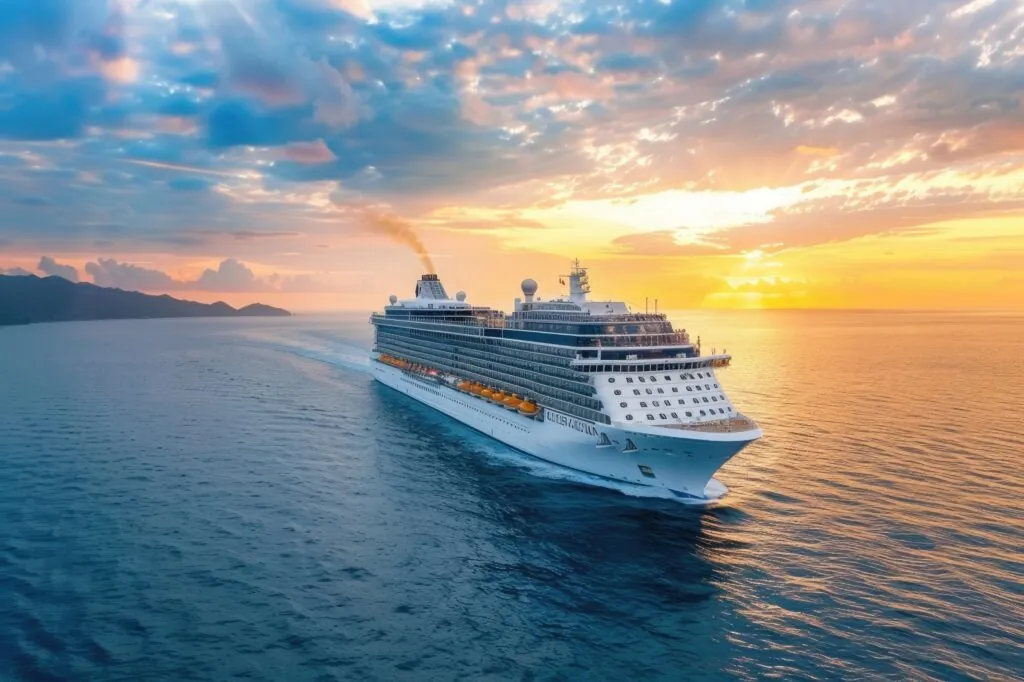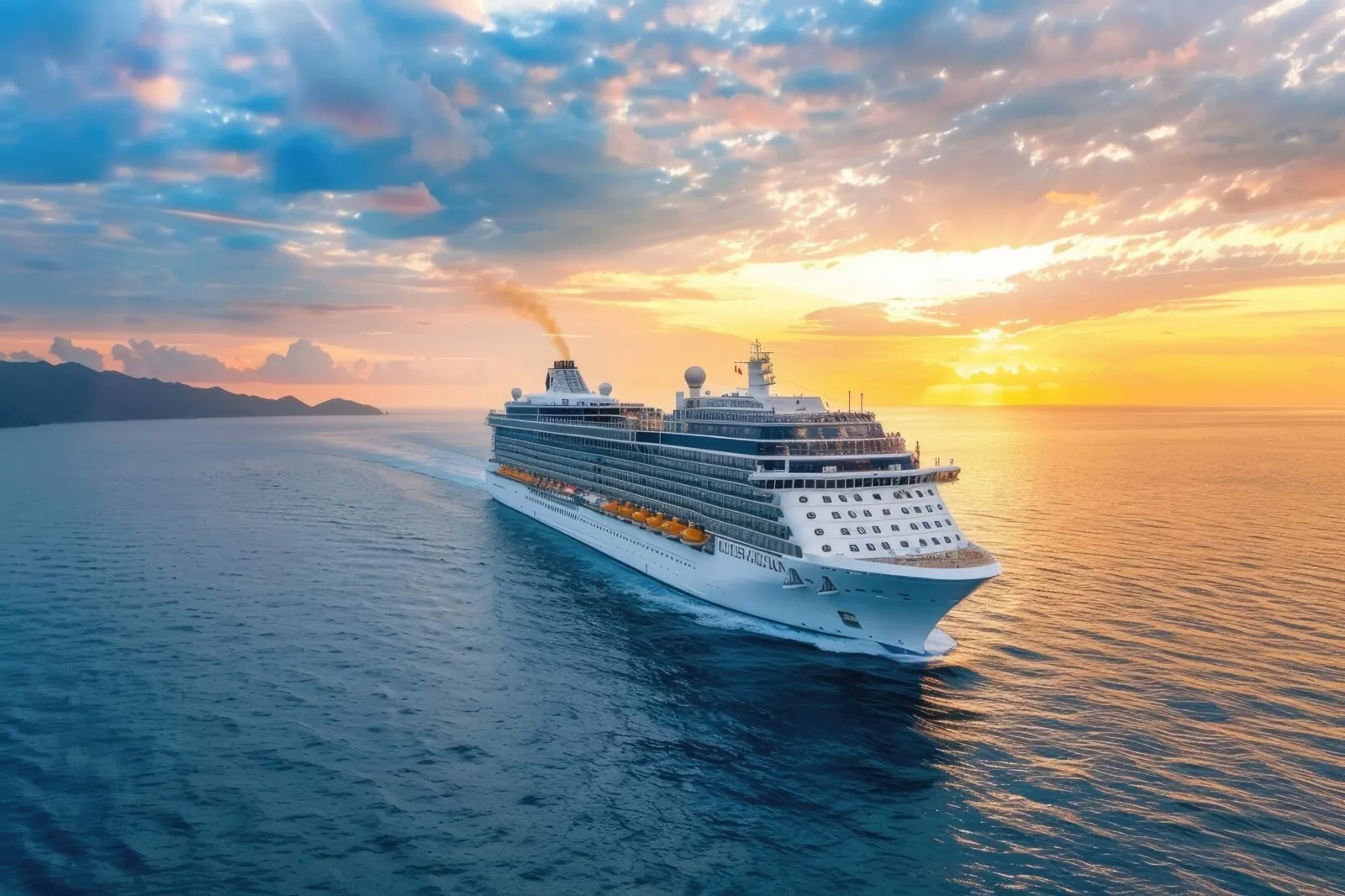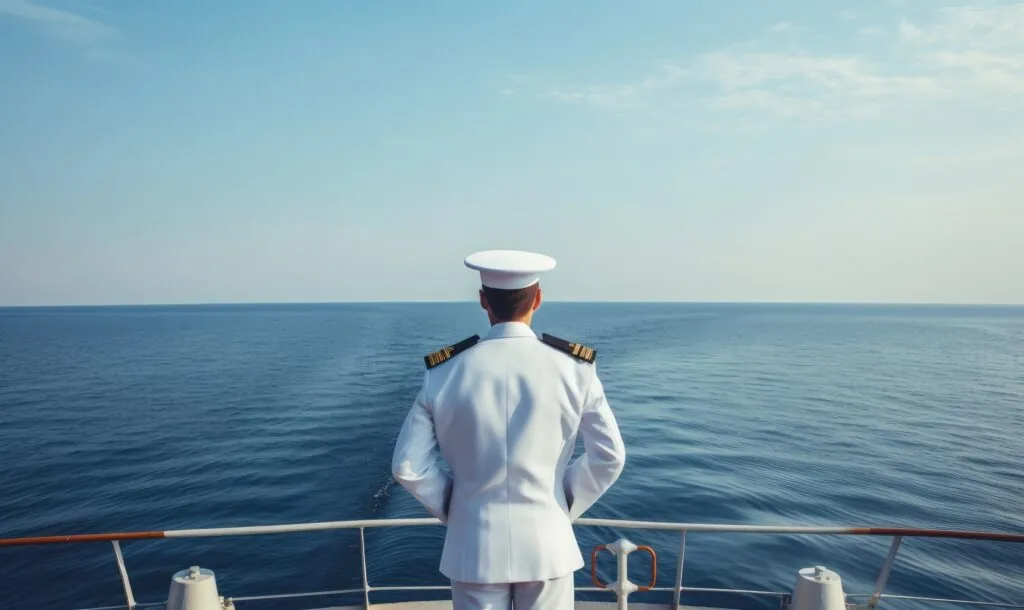What Happens If Someone Dies on a Cruise?
Cruising offers a unique way to travel, blending relaxation with exploration. However, like any other travel experience, emergencies can arise, including the rare but possible event of a passenger’s death while at sea. This situation raises important questions about how cruise lines handle such events. Are there procedures in place? What happens to the deceased? How are the family members supported during such a difficult time?

In this comprehensive guide, we’ll explore the protocols, legal requirements, and support systems in place to handle passenger deaths on cruise ships. By the end, you’ll have a clear understanding of the compassionate and professional steps taken by cruise lines to manage such unfortunate events.
Cruise Ship Death Protocols: What Happens When Someone Dies Onboard?
When a passenger passes away onboard, cruise lines follow a series of structured and respectful protocols to ensure the situation is managed with professionalism and care. These steps prioritize the dignity of the deceased and provide support for grieving families.
1. Immediate Notification
The first step when a death occurs is notifying the ship’s medical team. This can happen in various ways:
- If the death occurs in a public area, nearby passengers or crew members will alert medical personnel immediately. The area will be secured to ensure privacy.
- If the death occurs in a private cabin, traveling companions or family members can inform the nearest crew member, who will contact the medical team.
- The ship’s medical team, which includes doctors and nurses, will then confirm the death and determine the cause.
2. Securing the Deceased
Once the death is verified, the deceased is respectfully transferred to the ship’s morgue or a specially designated climate-controlled area. Cruise lines are committed to handling this process discreetly, ensuring that the privacy of the deceased and their family is maintained. The morgue or storage area is equipped to preserve the body until the ship arrives at a port where further arrangements can be made.
3. Notifying the Family and Authorities
The cruise line will notify the deceased’s emergency contact, offering condolences and explaining the next steps. The ship’s captain and medical team will also coordinate with authorities at the next port of call to manage the necessary legal processes. This includes preparing for the issuance of a death certificate and determining how the remains will be handled.
4. Assisting Family Members Onboard
If the deceased was traveling with family or companions, the cruise staff will provide immediate emotional and logistical support. Families are often overwhelmed during such moments, so the crew ensures they receive guidance, counseling, and any accommodations needed during the remainder of the journey.
Onboard Morgue Facilities: Are There Morgues on Cruise Ships?
Yes, most large cruise ships are equipped with morgues. These facilities are essential for maintaining the dignity and safety of the deceased while ensuring compliance with health and safety regulations. Morgues are typically located in discrete areas of the ship and are only accessed by authorized personnel.
Why Are Morgues Necessary on Cruise Ships?
Cruise ships often sail for days or weeks without docking, making it impossible to immediately disembark a deceased individual. Morgues allow the deceased to be stored respectfully until the ship can reach the next port where further arrangements can be made.
Capacity of Cruise Ship Morgues
The capacity of a ship’s morgue depends on its size and passenger capacity. Large cruise ships can typically store three to six bodies, while smaller vessels may have less capacity. In the rare event that the morgue capacity is exceeded, refrigerated areas such as food storage units may be used as a temporary solution, though this is a last resort.
How Long Can a Body Be Stored?
Cruise ships are equipped to store bodies for several days, but they prioritize disembarking the deceased at the next port of call. The length of storage depends on the ship’s itinerary, the distance to the nearest port, and the legal requirements of the destination.
Legal and Administrative Processes: Issuing a Death Certificate
One of the most important steps following a death onboard is the issuance of a death certificate. This document is essential for repatriation and for managing legal and administrative matters such as insurance claims and estate settlements.
Verification and Documentation
The ship’s doctor is authorized to verify the death and issue a preliminary death certificate. This document includes key details such as the cause and time of death. While this certificate is valid in maritime law, additional steps may be needed to meet the requirements of the destination country.
Coordination with Local Authorities
When the ship reaches the next port of call, the captain and medical team work with local authorities to finalize the death certificate. Each country has its own legal requirements, and cruise lines are experienced in navigating these complexities.
Involvement of Consulates
If the deceased is a foreign national, the cruise line contacts the appropriate consulate or embassy to facilitate legal documentation and ensure compliance with international laws. This step is particularly important for coordinating repatriation of the remains.
Repatriation of Remains: Returning the Deceased to Their Home Country
Repatriating the remains of a loved one is a complex and sensitive process that cruise lines manage with great care. This involves coordinating with funeral homes, government agencies, and the deceased’s family.
Transportation Arrangements
The cruise line works with international mortuary services to arrange the safe transportation of the deceased. This may involve air transport, ground transport, or a combination of both. The remains are carefully prepared and accompanied by the necessary documentation, including the death certificate and customs clearance forms.
Costs and Insurance
Repatriation can be costly, often ranging from a few thousand to tens of thousands of dollars. Travel insurance policies frequently cover these costs, but it’s important for passengers to review their coverage before embarking on a cruise.
Options for Burial at Sea
While rare, burial at sea is an option for families who wish to honor the deceased in this way. This process must comply with international maritime laws, which require the burial to take place at a specific distance from shore and at a certain depth.
Family Support Services: Assistance During Bereavement
Cruise lines understand the emotional toll of losing a loved one and provide a range of support services to help grieving families during this difficult time.
Counseling Services
Many ships have trained counselors or medical staff who can provide emotional support to families. Counseling can help families process their loss and prepare for the next steps.
Temporary Accommodations
Families are often allowed to remain in their cabin or another private area of the ship until the next port of call. This gives them the privacy and time they need to grieve and make arrangements.
Assistance with Belongings
The cruise staff handles the collection and safeguarding of the deceased’s personal belongings. These items are returned to the family with care and respect.
Communication Support
The ship’s crew assists families in contacting relatives, insurance providers, and legal representatives. This is especially important if the ship is in international waters or remote areas with limited connectivity.
Emergency Death Procedures: How Cruise Staff Are Trained
Cruise ship staff are trained to handle deaths onboard with discretion, efficiency, and compassion. Their training includes:
- First Response Protocols: Staff are trained to secure the area, notify medical personnel, and ensure the deceased is handled with dignity.
- Crisis Communication: Crew members learn how to communicate with grieving families empathetically while maintaining professionalism.
- Legal Compliance: Training includes understanding international maritime laws and local port regulations to ensure all procedures are carried out correctly.
Frequently Asked Questions (FAQs)
Do cruise ships have morgues?
Yes, most large cruise ships are equipped with morgues. These facilities are designed to store deceased individuals temporarily until the ship reaches a port where proper arrangements can be made. Morgues are discreetly located and maintained in accordance with health and safety standards.
What happens if someone dies while at sea?
When a death occurs on a cruise ship, the crew follows established protocols. The onboard medical team confirms the death and issues initial documentation. The deceased is then transported to the ship’s morgue or a designated climate-controlled area. The family is notified, and the cruise line coordinates with authorities at the next port of call to handle legal requirements and arrange for the repatriation of remains.
Can someone be buried at sea from a cruise ship?
Yes, burial at sea is an option, although it is rare. The process must adhere to international maritime laws, which specify the distance from shore and depth of the burial. Families must request this option, and the procedure is overseen by the ship’s captain to ensure compliance with legal and environmental regulations.
Who pays for the repatriation of remains after a death on a cruise?
Typically, the family is responsible for covering the costs of repatriation, which can include transportation, preparation of the remains, and any necessary documentation. However, many travel insurance policies include coverage for repatriation expenses. It is important to review insurance plans before embarking on a cruise to ensure these costs are covered.
What support is available to family members when a death occurs on a cruise?
Cruise lines provide a range of support services to grieving families. This includes access to counselors or trained staff for emotional support, assistance with logistical arrangements, and help with collecting the deceased’s personal belongings. Families are often allowed to remain in their cabin or another private area until the ship arrives at the next port of call. The crew also facilitates communication with relatives and legal representatives, ensuring that the family receives the help they need during this difficult time.
Contact The Cruise Injury Law Firm Today
If you or your family are dealing with a death onboard a cruise ship, navigating the legal and logistical processes can be overwhelming. Consulting an experienced maritime lawyer can help protect your rights and ensure all necessary steps are handled efficiently. Contact The Cruise Injury Law Firm today for personalized support during this challenging time.






